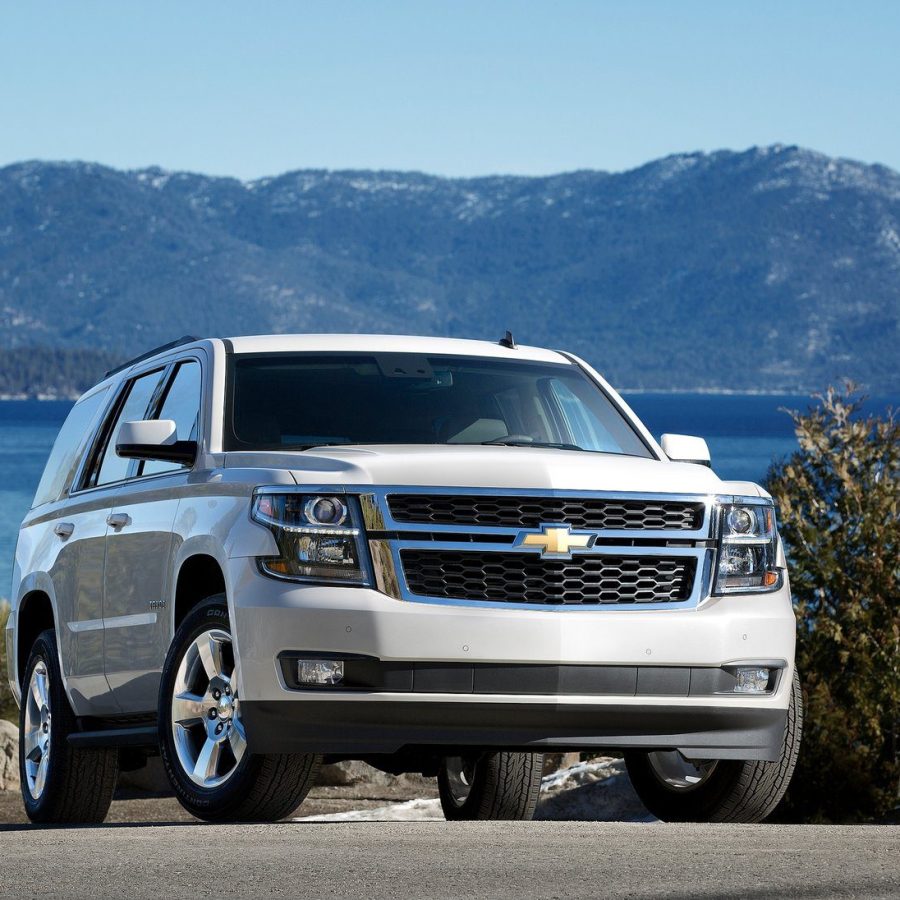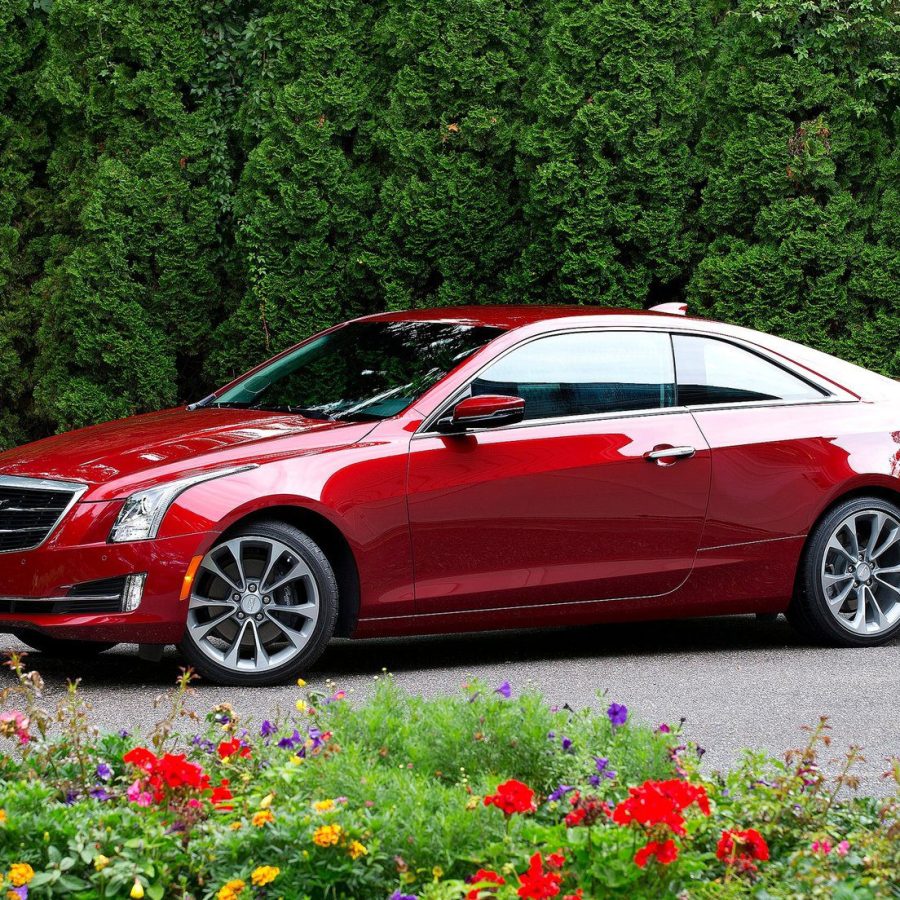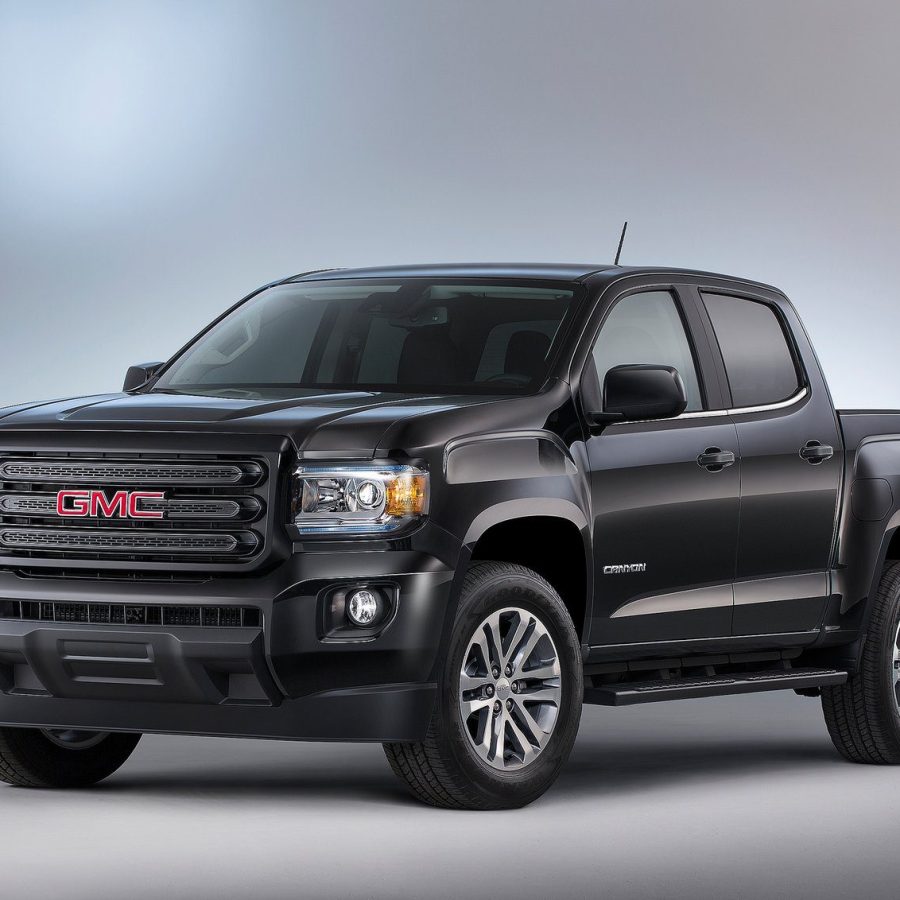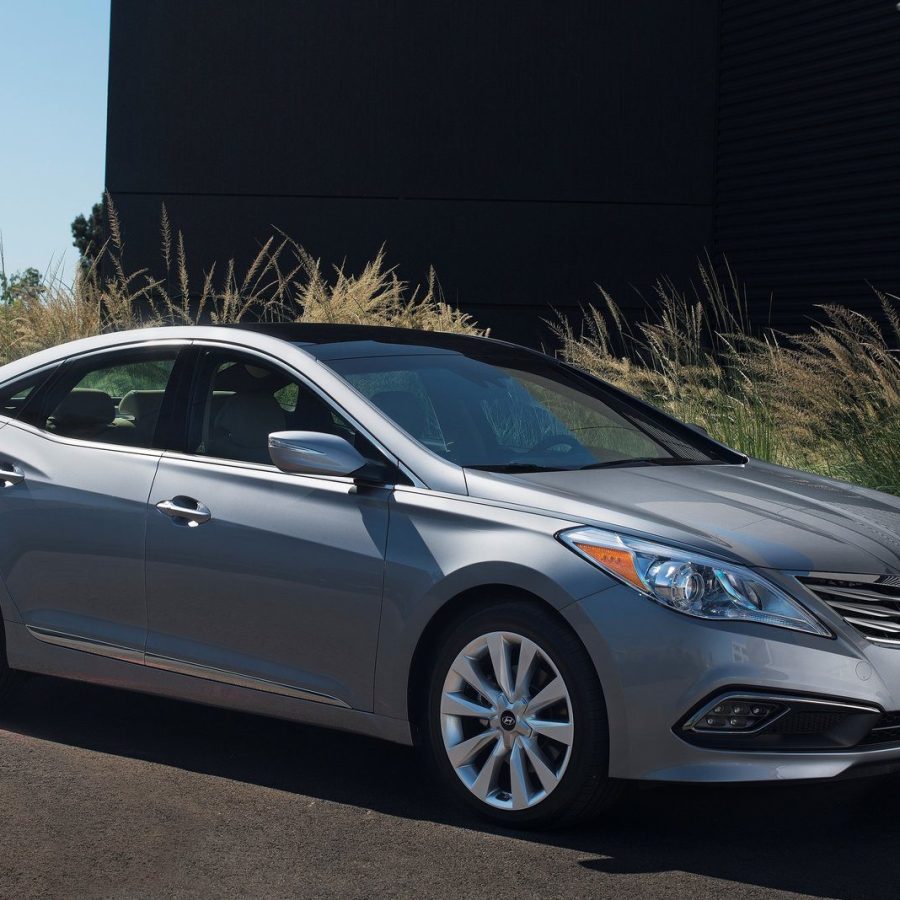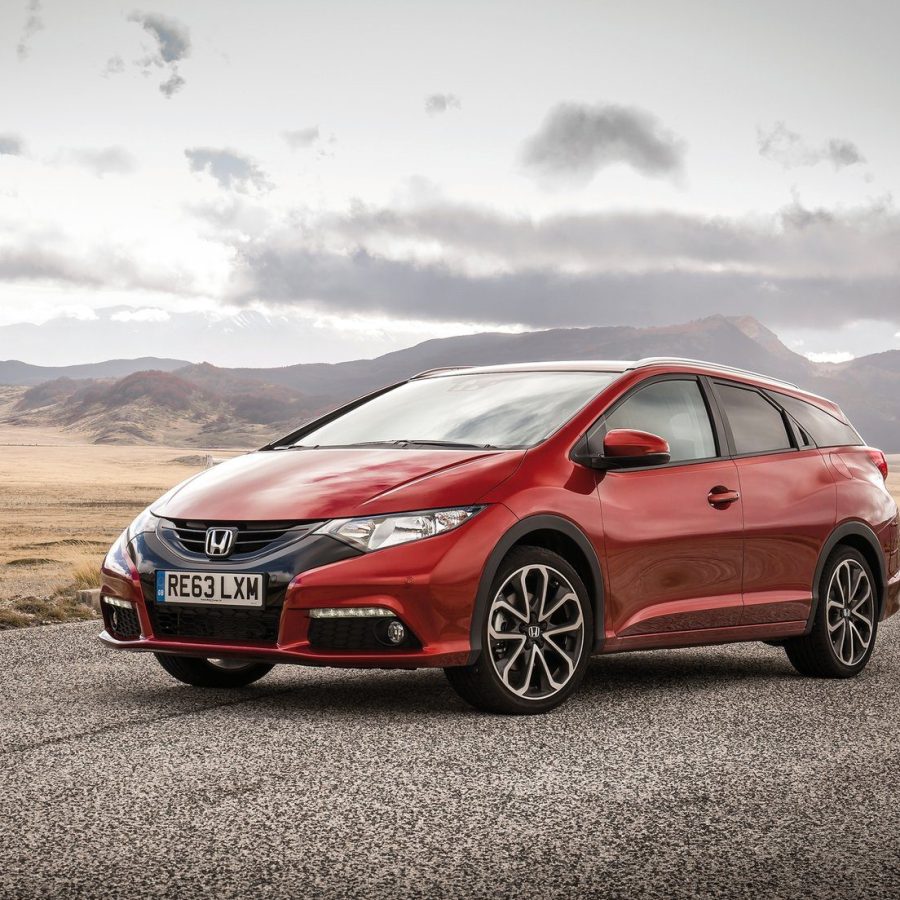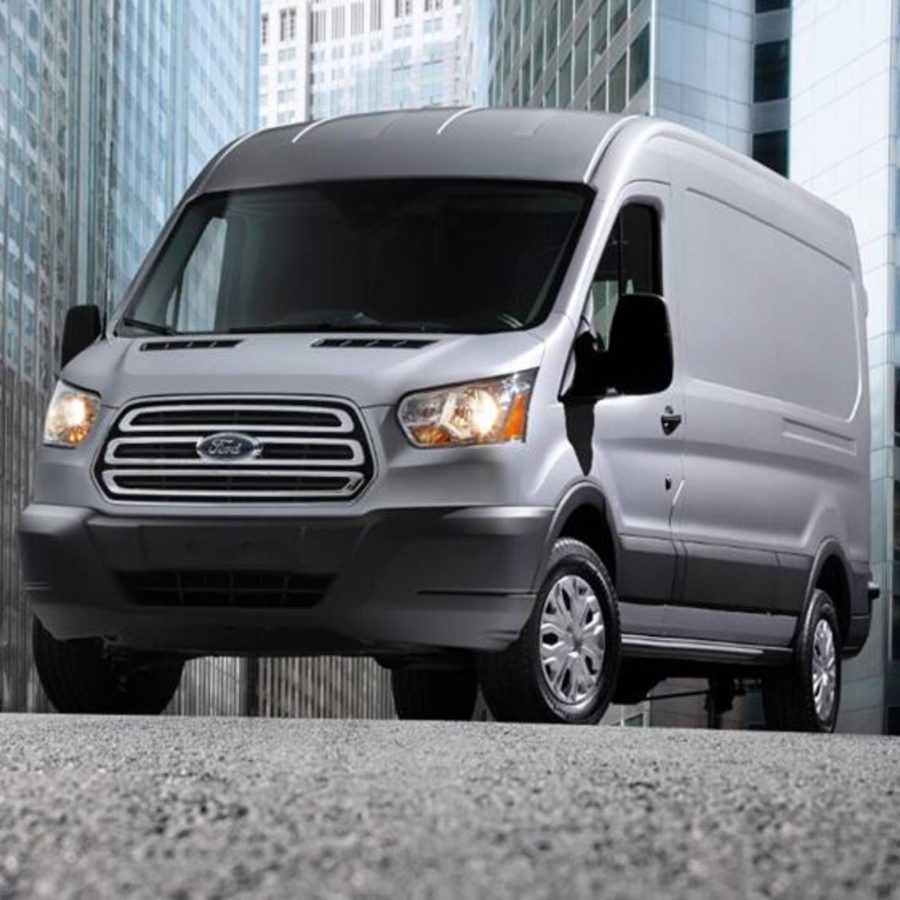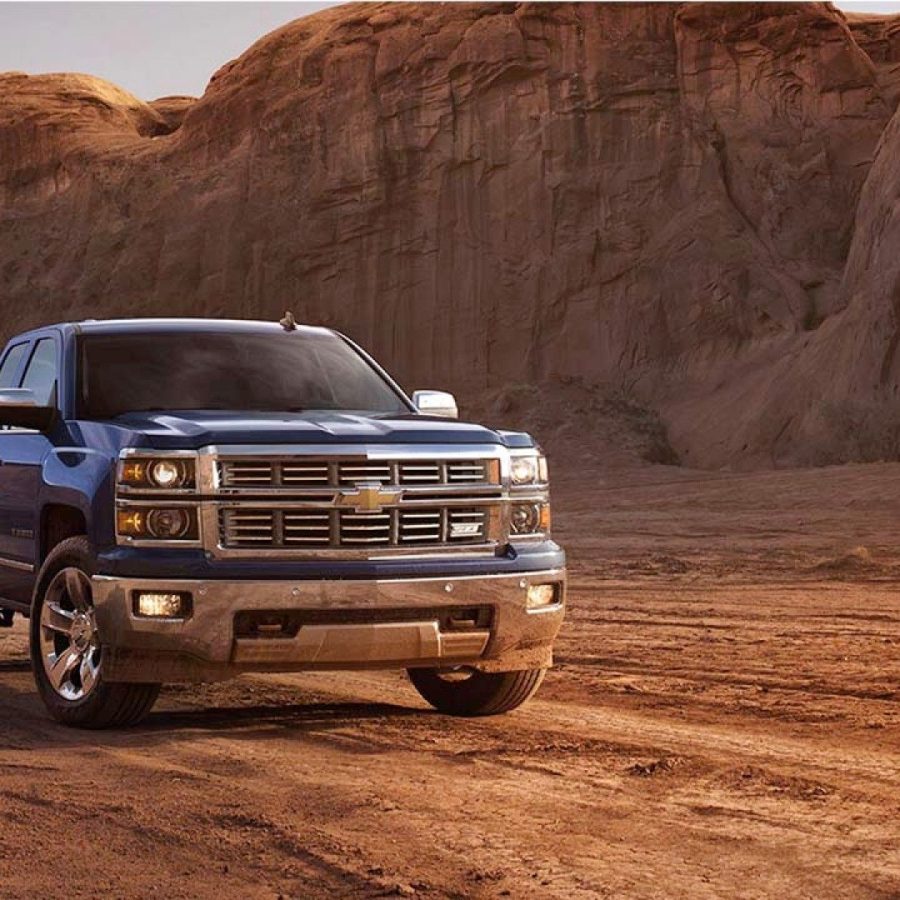2015 Canada Automotive Sales Research
In 2015, the Canadian automotive market saw a mix of continuity in previous trends and the emergence of new patterns influenced by both domestic and global factors. 2015 marked another record-breaking year for auto sales in Canada, continuing the growth streak from previous years. This was in part due to economic factors, attractive financing options, and a broad range of vehicle offerings catering to diverse consumer needs. The preference for SUVs, crossovers, and light trucks was more pronounced than ever. These vehicles accounted for a significant majority of new vehicle sales, with trucks like the Ford F-Series maintaining their popularity, especially in regions like Alberta and Saskatchewan. The decline in oil prices had a noticeable impact on provinces heavily reliant on the energy sector, such as Alberta. While the auto market in these areas faced challenges, other regions like British Columbia and Ontario experienced robust sales, somewhat offsetting the decline. While still a small fraction of the overall market, sales of electric vehicles (EVs) and hybrids saw growth, especially in provinces offering incentives such as Quebec and Ontario. Newer models with better range and more charging infrastructure helped push EVs into the mainstream conversation. Extended financing deals continued to be popular, making monthly payments more affordable for consumers. However, there were growing concerns about long-term loan implications and consumers potentially owing more than their vehicle's worth. Asian automakers, particularly Toyota, Honda, Hyundai, and Kia, continued to perform well. Domestic brands had strong showings, especially in the truck and SUV segments, while European brands maintained their appeal, especially in the luxury segment.


